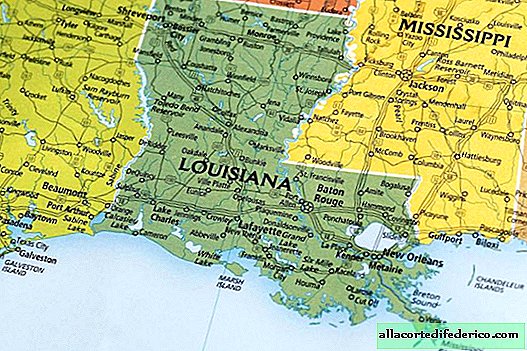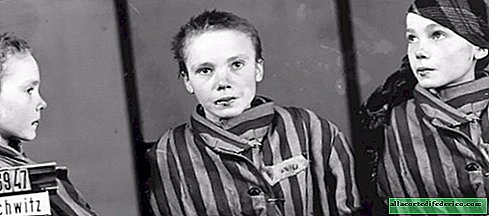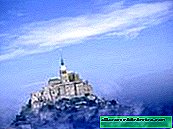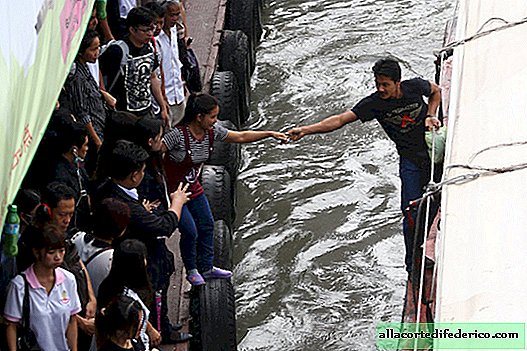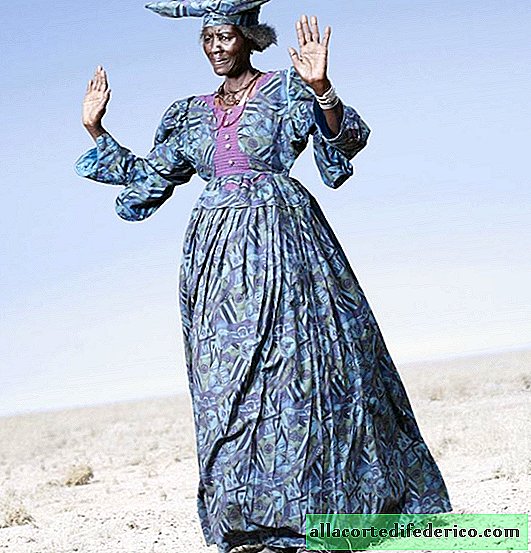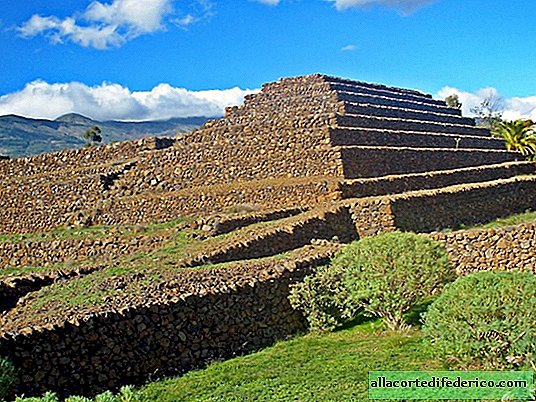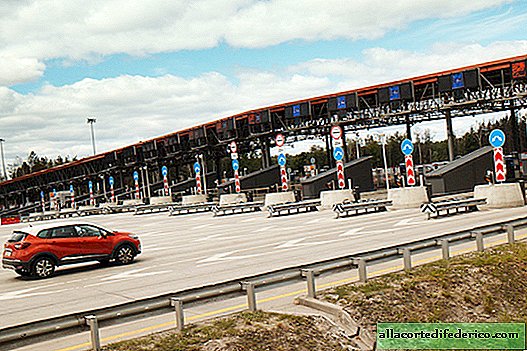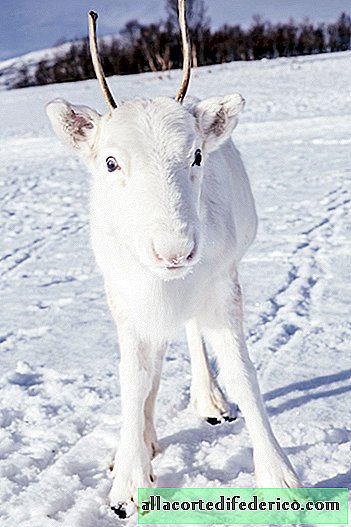Vilnius. Soviet or European?
The Soviet Union or the European Union? It is precisely such thoughts that do not leave one's head during walks in Vilnius, the main city of Lithuania. Two eras are so intertwined in this city that it becomes very difficult to understand the present location and time, 2016 in the European capital or 1990 in the Soviet province. We'll see?
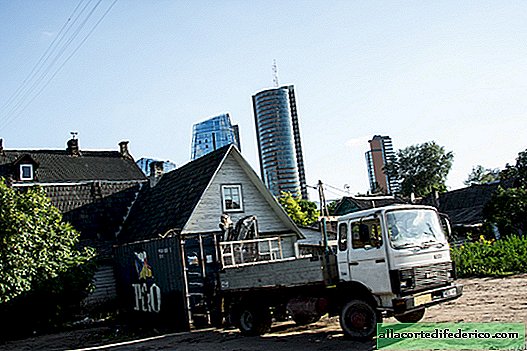
27 years ago, Lithuania and the capital Vilnius left the Soviet Union, joined the European Union and the Schengen Agreement. Over the years, skyscrapers, bicycle paths and even the Europa shopping center have appeared in Vilnius.

European bike path.

Soviet houses. It is not clear where it is.

The market in Vilnius is a rare place in Europe, where a guard can run up to a person with a camera and start to prohibit shooting!
Yes, in the photo are strategic objects of Lithuania, in the best traditions of the watchman syndrome.


The population of Vilnius is slightly more than 600 thousand people, according to official figures, 63.2% of them are Lithuanians, 16.5% are Poles, 12% are Russians. Moreover, most people simultaneously speak Lithuanian, Russian and English, without these languages it is more difficult.

Some of the buildings are in perfect view, but sometimes directly opposite other houses are destroyed.

The European Union.

In general: Vilnius Full of space!

In Vilnius, public transport works perfectly, at every stop there is a timetable, a bus or trolley will arrive exactly at the time indicated! Moreover, in many buses, even new ones, red Soviet composters for tickets are installed!
Probably there are none left anywhere else on the planet.

Gediminas Avenue - the main street of Vilnius, beauty!

Monument to Prince Gediminas, it is in his letter that he first mentions Vilnius.

In general, in the center of Vilnius, a lot is named after the Lithuanian prince, in the photo there is Gediminas Mountain with the Gediminas' Tower. The Gediminas' Tower has been preserved from the Upper Castle of the late XIV - early XV centuries, located on Castle Hill, where, as suggested, from the XIII century, that is, even before Gediminas, there was a wooden castle. A national flag flutters above the tower on a flagpole. This is one of the main symbols of not only Vilnius, but also Lithuania.
The other day there was news that an emergency mode was announced in connection with the collapse of the mountain. In the autumn of the last year, several landslides came down from the mountain, the reasons for which, according to various sources, were either rains, or the construction of a funicular, or reconstruction at the foot of the mountain. In any case, the mountain is being destroyed, 3 million euros have already been allocated for its salvation, thanks to the emergency mode, and they are planning more.
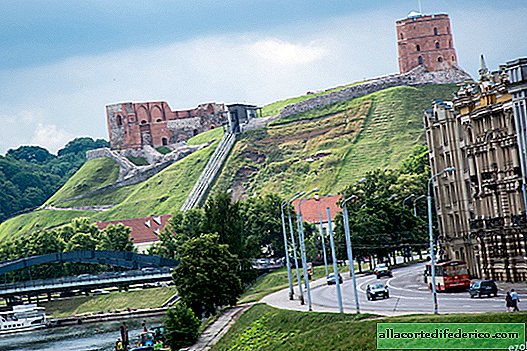
Payphone.


Yards.

Very interesting parking, how do they get out of here?

In the center of Vilnius there is a fairly large Old Town with a total area of 3.59 kilometers, listed as a UNESCO World Heritage Site. For some reason, there are no pedestrian zones at all in the old city, there are cars everywhere.

Partly beautiful.

Creepy in places.

Creation.

In general, Vilnius is big and different.

And somehow it turned out that in 1705 in Vilnius Peter I himself baptized Pushkin's great-grandfather. According to various sources, Ibrahim Hannibal was born either from Ethiopia or from Cameroon, from where he was abducted with his brother in childhood and brought to Europe. And in Europe it was already bought either by someone as a gift to Peter, or by Peter himself, who, as stated in Wikipedia, loved all sorts of rarities and curiosities. In general, a rare and curious African-American accidentally caught up in Russia rose to the rank of chief military engineer of the Russian army. A. S. Pushkin dedicated his great-grandfather to the unfinished novel "Arap of Peter the Great."


